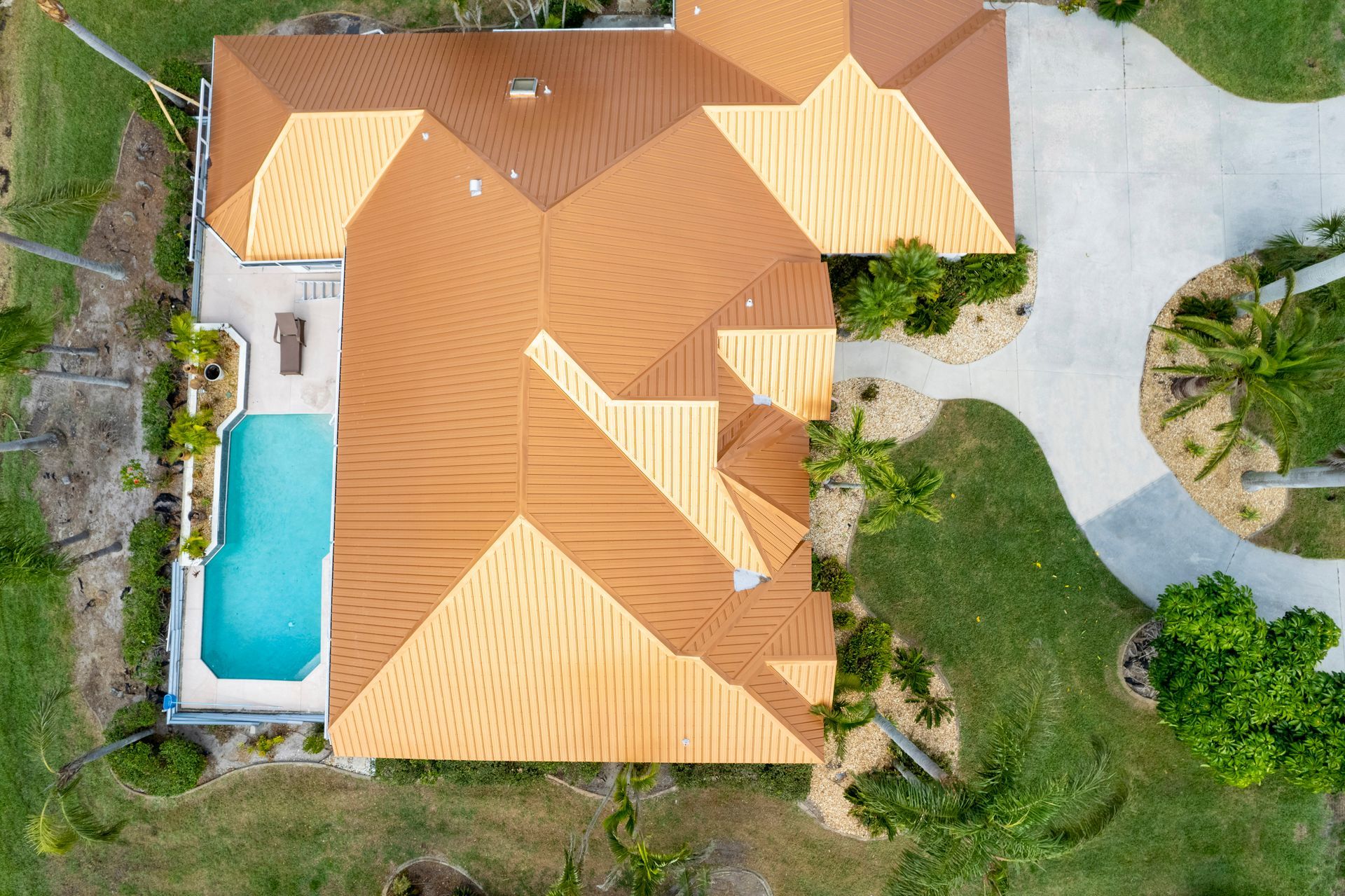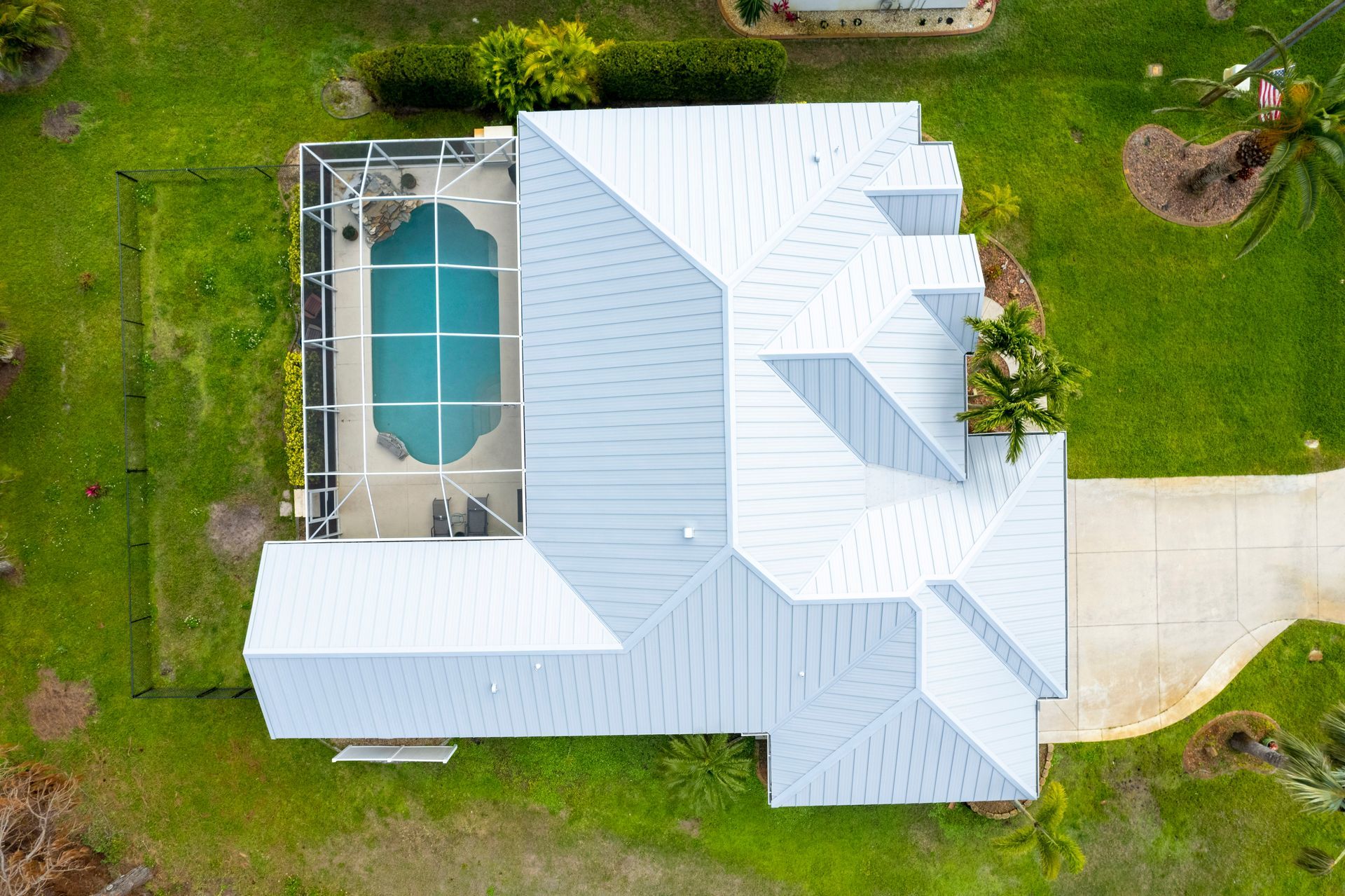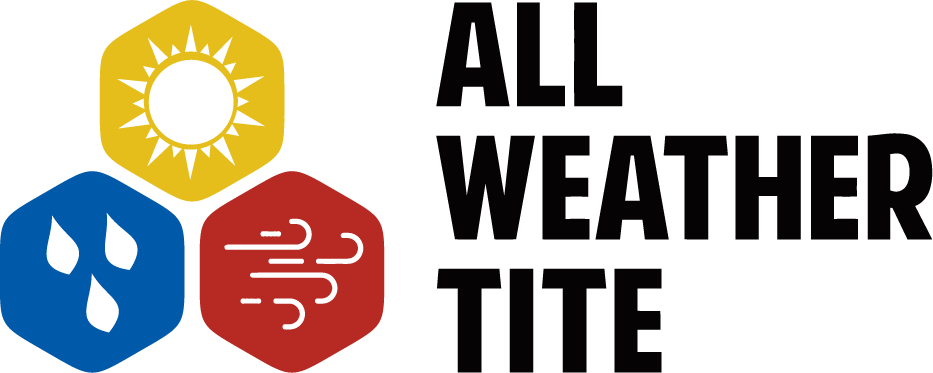How to Prepare Your Roof for Hurricane Season in Sarasota
Understanding the Risks: Why Roof Preparation Matters in Sarasota
Sarasota's location on Florida’s Gulf Coast makes it particularly vulnerable to hurricanes and tropical storms. These powerful weather systems bring strong winds, heavy rain, and flying debris, all of which can wreak havoc on roofs. Preparing your roof for hurricane season is essential to minimize damage and protect your home from costly repairs or structural failure. Proactive measures can make a significant difference in how well your roof withstands these extreme conditions.
Neglecting to prepare your roof for hurricane season can lead to devastating consequences. High winds can tear off shingles or even entire sections of the roof, leaving your home exposed to water intrusion. Regional weather trends show an increasing frequency of severe storms, making it more important than ever to take action. By understanding these risks, homeowners can prioritize steps to safeguard their homes before disaster strikes.
Schedule a Professional Roof Inspection
A professional roof inspection is one of the most critical steps in preparing for hurricane season. Trained inspectors thoroughly assess the condition of your roof, checking for signs of wear such as damaged or missing shingles, rusted flashing, and compromised roof penetrations like vents and chimneys. They also evaluate soffits and fascia boards , which are often overlooked but play a key role in protecting your home from wind-driven rain.
Timing is crucial when scheduling inspections. Ideally, you should have your roof inspected at least once a year, with an additional checkup before hurricane season begins. In Sarasota, this typically means arranging an inspection by late spring. Local services, such as those offered by All Weather Tite , provide comprehensive evaluations tailored to the unique needs of Sarasota homeowners. A timely inspection ensures that any issues are addressed before they become major problems.
Strengthen Your Roof’s Structure
One of the best ways to fortify your roof against hurricanes is by installing hurricane straps, clips, and other reinforcements. These metal connectors secure the roof to the home’s frame, preventing it from being lifted off during high winds. Sarasota building codes require specific reinforcement measures, especially for newer constructions, but retrofitting older homes can provide similar benefits. Strengthening your roof’s attachment points significantly reduces the risk of catastrophic failure during a storm.
In addition to hurricane straps, reinforcing trusses and rafters through "blocking" adds another layer of stability. Blocking involves adding extra support between beams to distribute weight more evenly and prevent shifting under pressure. This type of work requires specialized knowledge and tools, making it best left to experienced professionals. Partnering with a trusted roofer ensures that your reinforcements meet local standards and offer maximum protection.
Maintain and Upgrade Roofing Materials
Upgrading to impact-resistant shingles, secondary water barriers, and reinforced roof decking can greatly enhance your roof’s durability. Impact-resistant materials are designed to withstand flying debris, while secondary water barriers provide an additional line of defense against leaks. Similarly, upgrading to stronger roof decking materials helps prevent structural damage caused by prolonged exposure to wind and rain. These enhancements not only improve safety but may also qualify you for insurance discounts.
Before hurricane season arrives, it’s important to repair or replace any aging, damaged, or missing roofing materials. Even small issues, like cracked shingles or loose flashing, can escalate into major problems during a storm. Addressing these concerns early ensures that your roof is in top condition when it matters most. For quality upgrades and repairs, consider reaching out to experts like All Weather Tite , who specialize in hurricane-ready roofing solutions.
Seal and Protect Roof Penetrations
Roof penetrations, such as vents, skylights, chimneys, and HVAC units, are common weak points during hurricanes. High winds and driving rain can exploit gaps around these areas, leading to water intrusion and interior damage. Proper sealing and flashing repairs are essential to eliminate vulnerabilities and keep your home dry. Pay special attention to areas where different materials meet, as these transitions are prone to leaks.
To ensure long-lasting protection, use high-quality sealants and durable flashing materials. Silicone-based products are ideal for flexibility and weather resistance. If you’re unsure about the condition of your roof penetrations, consult a professional roofer. They can identify potential problem areas and apply appropriate fixes. Taking these precautions now can save you from costly repairs later.
Gutter, Downspout, and Drainage Preparation
Clogged gutters and downspouts can cause serious issues during a hurricane, including water pooling and foundation damage. Cleaning them regularly removes leaves, twigs, and other debris that obstruct proper drainage. Ensuring unobstructed flow prevents water from backing up onto your roof or pooling near your home’s base. This simple step goes a long way in protecting both your roof and your property.
For added convenience, consider installing gutter guards to reduce maintenance needs. Additionally, verify that downspouts direct water away from your foundation. Proper grading and extensions can help channel water safely into designated drainage areas. By addressing these aspects, you minimize the risk of water-related damage during heavy storms.
Trim Trees and Remove Potential Hazards
Overhanging branches and nearby trees pose a significant threat during hurricanes, as they can break off and damage your roof. To mitigate this risk, trim back any vegetation close to your home and remove dead or weak limbs. Secure or store outdoor items like patio furniture and decorations, which could become dangerous projectiles in high winds. Removing these hazards creates a safer environment for your roof and property.
Emergency Roof Preparedness: Pre-Storm Actions
As a hurricane approaches, there are several emergency steps you can take to further protect your roof. Start by documenting its current condition with photos and notes—this will be invaluable if you need to file an insurance claim later. Secure or remove exterior items, such as satellite dishes and decorative elements, that could detach and cause damage. Inside, prepare your attic by placing tarps or buckets to catch potential leaks.
It’s also wise to review your insurance policy and gather important documents in advance. Ensure you understand your coverage limits and exclusions, and keep copies of receipts for recent upgrades or repairs. Familiarize yourself with local emergency plans and evacuation routes. Being prepared gives you peace of mind and allows you to respond quickly if disaster strikes.
Review and Update Insurance Coverage
Insurance plays a vital role in recovering from hurricane-related roof damage. Review your homeowners and flood insurance policies to ensure adequate coverage for potential losses. Document the condition of your roof with clear photos and written descriptions, as this evidence can streamline the claims process. Understanding your policy details beforehand ensures you won’t face unexpected surprises after a storm.
When to Call a Professional Roofer
If you notice structural concerns, persistent leaks, or previous storm damage that hasn’t been fully repaired, it’s time to call a professional roofer. DIY fixes might seem cost-effective, but they often fail to address underlying issues and can even worsen the problem. A qualified roofer has the expertise to diagnose and resolve complex challenges, ensuring your roof is ready for whatever hurricane season brings.
Common Mistakes Homeowners Make
Many homeowners inadvertently put their roofs at risk by neglecting routine maintenance , using subpar materials, or delaying necessary repairs until hurricane season is already underway. Others attempt complicated fixes themselves without realizing the potential dangers involved. Avoiding these pitfalls requires vigilance and a commitment to working with reputable professionals who understand the unique demands of Sarasota’s climate.
Post-Storm Roof Inspection and Repairs
After a hurricane passes, conduct a visual inspection of your roof from the ground or a safe vantage point. Look for obvious signs of damage , such as missing shingles, dented flashing, or displaced gutters. Avoid climbing onto the roof yourself, as post-storm conditions can be hazardous. Instead, document visible issues with photos and notes to share with a professional roofer.
Prioritize repairs based on severity, focusing first on anything that compromises your roof’s integrity or exposes your home to water intrusion. Work with a trusted contractor to assess hidden damage and create a detailed repair plan. Promptly addressing post-storm issues prevents further deterioration and helps restore your roof to its pre-storm condition.
Frequently Asked Questions
How often should I have my roof inspected in Sarasota?
In Sarasota, it’s recommended to have your roof inspected at least once a year, with an additional checkup before hurricane season. Regular inspections catch minor issues before they escalate, helping you stay prepared for severe weather.
Do I need hurricane straps if my roof is less than 10 years old?
While newer roofs may already include some hurricane-resistant features, retrofitting with hurricane straps provides added security. Building codes vary, so consult a professional to determine if your home meets current standards or would benefit from additional reinforcements.
What are signs my roof may not withstand a hurricane?
Key indicators include sagging areas, widespread missing or curled shingles, water stains on ceilings, and visible cracks in flashing. If you notice any of these signs , contact a roofer immediately to assess and address potential weaknesses.
Should I attempt to repair roof leaks myself before a storm?
Minor leaks might be manageable with temporary fixes, but larger or persistent issues require professional attention. Attempting complex repairs without experience can lead to further damage or personal injury. It’s always safer to rely on experts for lasting solutions.
Can insurance help if my roof is damaged during hurricane season?
Yes, homeowners insurance typically covers roof damage caused by hurricanes, though terms vary by policy. Be sure to document the damage thoroughly and report it promptly to your insurer. Having pre-storm documentation of your roof’s condition can strengthen your claim.
Conclusion
Preparing your roof for hurricane season in Sarasota is a multi-step process that requires attention to detail and proactive planning. From scheduling inspections and reinforcing structures to upgrading materials and sealing penetrations, each measure contributes to a safer, more resilient home. Regular maintenance and timely repairs are key to avoiding costly damage and ensuring peace of mind throughout the stormy months ahead.
Now is the time to act. Homeowners in Sarasota should prioritize scheduling inspections, making necessary upgrades, and partnering with trusted professionals like All Weather Tite. By taking these steps, you’ll not only protect your investment but also gain confidence knowing your home is ready to face whatever hurricane season brings. Don’t wait—start preparing today!
Have any questionS?
Reach out to our roofing specialists for more answers on the various options for your home.



